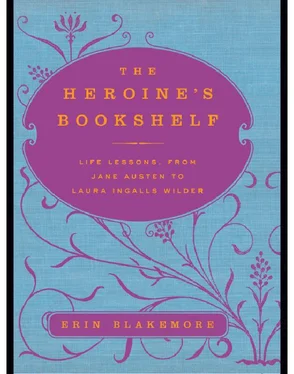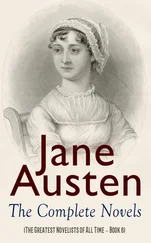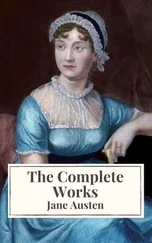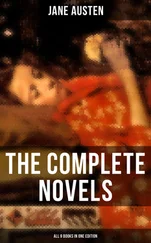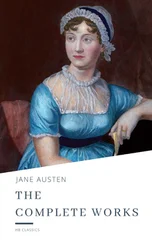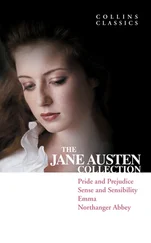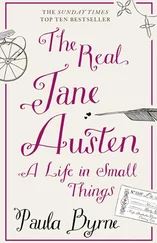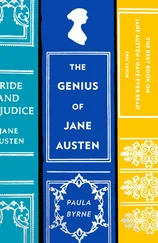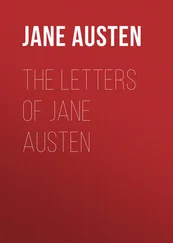Alice’s daughter, Rebecca Grant Leventhal, was a beautiful baby. For Alice, she symbolized the kind of potential the new mother envisioned for a country in turmoil. But life with a small child of mixed race was not easy in prejudiced Mississippi. Alice began to tire of the constant threats, the unwanted attention when walking down the street, the hostility she and her husband had to endure on a daily basis. She herself was criticized within the civil rights movement as a race traitor who had sold herself in marriage to the oppressor. And Jackson’s intellectual life was less than stimulating.
Though politics and protest were in her blood, Alice’s experiences in Mississippi were stifling her craft. When she was offered a writing fellowship at Radcliffe College in Cambridge, Massachusetts, she was faced with a difficult decision. Should she stay with her husband in a city that was strangling her creative life, or pursue her passion for writing in an intellectual community that could feed her greater potential? After some soul-searching, the decision was final. She moved to Massachusetts with Rebecca, leaving her marriage on hold and Mississippi far behind. Though she initially hoped to keep her relationship with her husband alive, it stagnated and failed. The couple divorced in 1967, leaving Alice free to follow her literary passion throughout one of the most fruitful periods of her life.
Even as she produced her own groundbreaking work, Alice was quick to acknowledge the legacy of the trail-blazers who had come before her. She fought to revive the legacy of Zora Neale Hurston, whose work had been all but forgotten following false accusations of child molestation. She taught a groundbreaking course at Wellesley on the black woman writer, a class whose reverberations would be felt through an entire generation of authors. And she championed members of the growing “Sisterhood” group of women writers, like Toni Morrison and June Jordan.
It is this sense of legacy, history, and cultural rootedness that we tap into the moment we crack open The Color Purple, Alice’s most beloved work and the winner of the 1983 Pulitzer Prize in Fiction. But more than history and sisterhood, The Color Purple is a book about dignity: dignity threatened, taken away; dignity unearthed and redeemed. The story is told through the letters of Celie, a poor black woman whose life has been a series of injustices. Raped, beaten, and forced to marry a man she does not love, Celie has no dignity at all. Even worse than her physical domination is what has happened to her mind: she has internalized the abuse heaped upon her and all women in her company, mirroring her brutal husband’s distrust of the strong Sofia and her husband’s mistress, Shug Avery.
Throughout the book, women forge uneasy bonds that mirror those Alice Walker created during her life. Even as unlikely couples come together and drift apart, one woman manages to reclaim her own dignity. First she finds it in her body, in a same-sex love affair that shocks her as much as it awakens her. Then she finds it in commerce and finally in family ties. The Color Purple is a story of concentric circles, but at the center of that tenuous Venn diagram is one thing: Celie’s worth as a woman and a human.
Again and again, Alice points toward women’s bonds as transformative and dignified, especially in a time that frowns upon same-sex relationships and family claims. One of the most heartbreaking offenses of Mr._____ is his denial of Celie’s family ties, a denial that negates the very thing that keeps her human in the face of such inhumanity. By cutting Celie off from her family, Mr.______ plays out the role of the perfect abuser, someone who exerts control for the sake of his ego, who would take away someone else’s soul before he’d let go of her body. Throughout these passages, Alice seems to point to the fact that women must seek one another for companionship and solace, whether or not they look to one another for sexual pleasure. Cleaving to the relationships that make us whole is a way of claiming power and retaining self-esteem.
The true disenfranchisement Alice portrays in her book is shocking, but it is representative of the reality of thousands of black women who were subject to abuse, humiliation, and daily deprivation in a society that respected neither their race nor their gender. In The Color Purple, we can see Alice reaching back toward her mother and grandmother, both raised in slavelike conditions in the segregated South, and the generations of slaves who came before them. Her narrative spans continents and generations, but at its heart is always that burning question of a woman’s worth.
Where is Celie’s dignity? It has been taken away from her by the men who rape her, the culture that insists she is worthless, her illiteracy, and the economic insecurity that assures she will never transcend the place in which she was born. But just as her dignity is there for the taking by those who would abuse her, it is there for her own discovery. The Color Purple is no Cinderella story, but its happy ending relies on Celie’s sense of self-esteem being right where it should be: inside herself, and belonging to her alone.
Bolstered in part by Alice’s insistence on dignity and in part by writing that explodes and reinvents the epistolary novel, The Color Purple emerged to much fanfare in 1982. But mixed in with the praise, the attention, and the rewards were serious criticisms. The book was challenged and banned repeatedly, derided for its “uneducated” speech, criticized for its exposure of abuse and inequality within the black community. Luckily, Alice Walker’s book of salvation was a huge commercial success despite its many denouncers, resulting in a critically acclaimed movie directed by Steven Spielberg and starring Oprah Winfrey and Whoopi Goldberg.
For Walker herself, salvation has been a rough road to tread. Success carried a heavy price, from the constant attacks on The Color Purple and her subsequent works to strife with family members who couldn’t fully embrace her new fame. Rebecca resented what she saw as Alice’s absenteeism; Alice’s longtime lover, Robert Allen, blamed his repeated affairs on Alice’s thriving career. Meanwhile, Alice dabbled with her love for women, blending the philosophical and personal as she publicly embraced her bisexuality.
Alice has stuck to her radical politics, remaining active in the antiwar, civil rights, and feminist movements. Her checkered personal life, particularly her very public estrangement from her daughter, has been a rocky sticking point for fans and critics alike. But Alice is a woman who knows how to withstand and weather the criticisms and misgivings of others, even in the cruel arena of literary superstardom. Just as she re-created a literary form in The Color Purple, she has redefined herself multiple times, embracing and then toppling terms like bisexual, vegan, and feminist. Alice remains an activist and a warrior, fighting for awareness of political issues like voter registration, female genital mutilation, and the cause of political prisoner Mumia Abu-Jamal. And she continues to write, solidifying her position as one of the most prolific and poignant voices of our time.
It’s easy to read about a time and mindset I’ll never experience firsthand, but it’s harder to write about it with any sense of authority. Who am I, a white woman in a world that’s relatively kind to white women, to stare down a work of fiction that contains injustices I’m privileged enough never to have to worry about? Luckily, Alice makes it easy to enter that world through her complex heroine. Not everyone will be beaten and taunted by the man they’re forced to marry; not everyone will be so isolated that their only outlet is to write letters to God. Hell, we live in a world with an African-American president and an increasingly diverse selection of heroines of color. That may be as it should, but it’s not a panacea. That’s why we need books like The Color Purple. It’s tempting to dismiss Celie’s story as extreme, but to do so would be to miss the point entirely. The very universality of her struggle is what makes it so terrifying. Celie could be any number of black women in the South of just a few years ago. And her fumbling journey toward self-love is so universal that she could be any one of us, too.
Читать дальше
